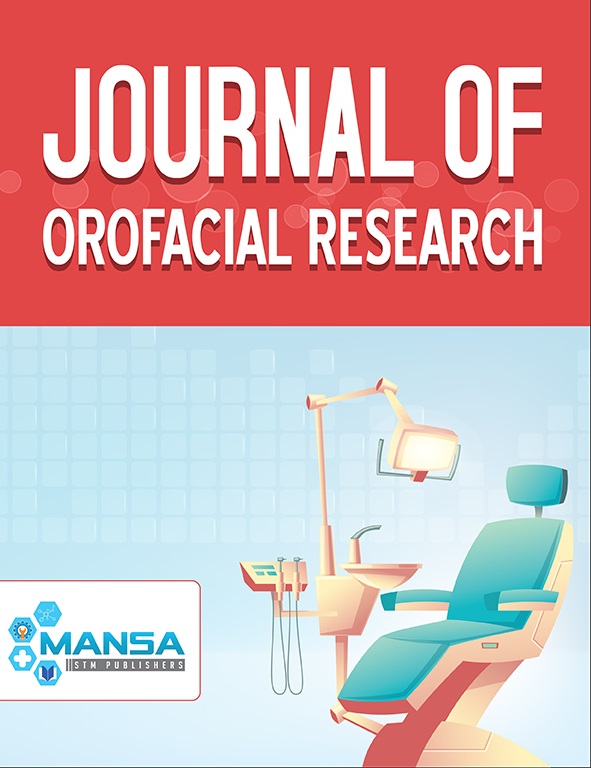Impacted Canine: Diagnosis and Prevention
Keywords:
Canine, Impacted canines, Impacted teeth diagnosis, Interceptive treatment, OrthodonticsAbstract
Since impacted canines are encountered often, with an incidence rate of 1 to 2% in the general population, it is important for a dentist to identify the signs and symptoms of this condition and follow interceptive treatment or orthodontic treatment. Features of buccal or palatal canine impaction show lack of canine bulges in the buccal sulcus and asymmetry in dental midlines. Diagnosis of impacted canines at an early age of 8 to 10 years can reduce further complications, such as surgical exposure or root resorption of the lateral incisors, and will reduce the total duration of the treatment. The interceptive orthodontic treatment procedure with extraction of the primary maxillary cuspids can prevent impaction of the permanent maxillary cuspids and additional sequelae.

